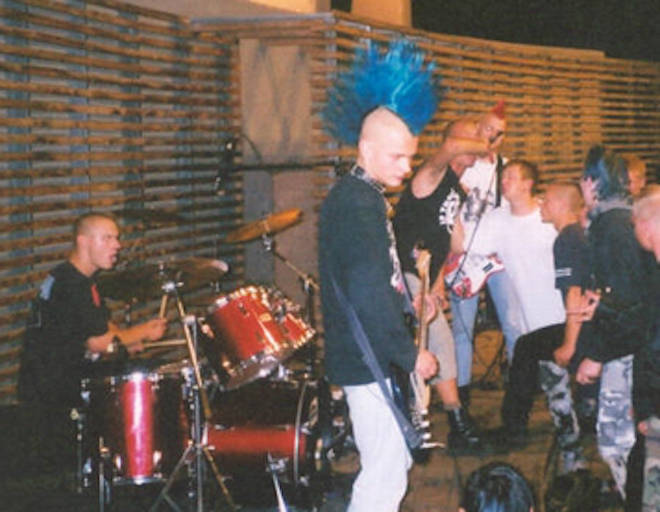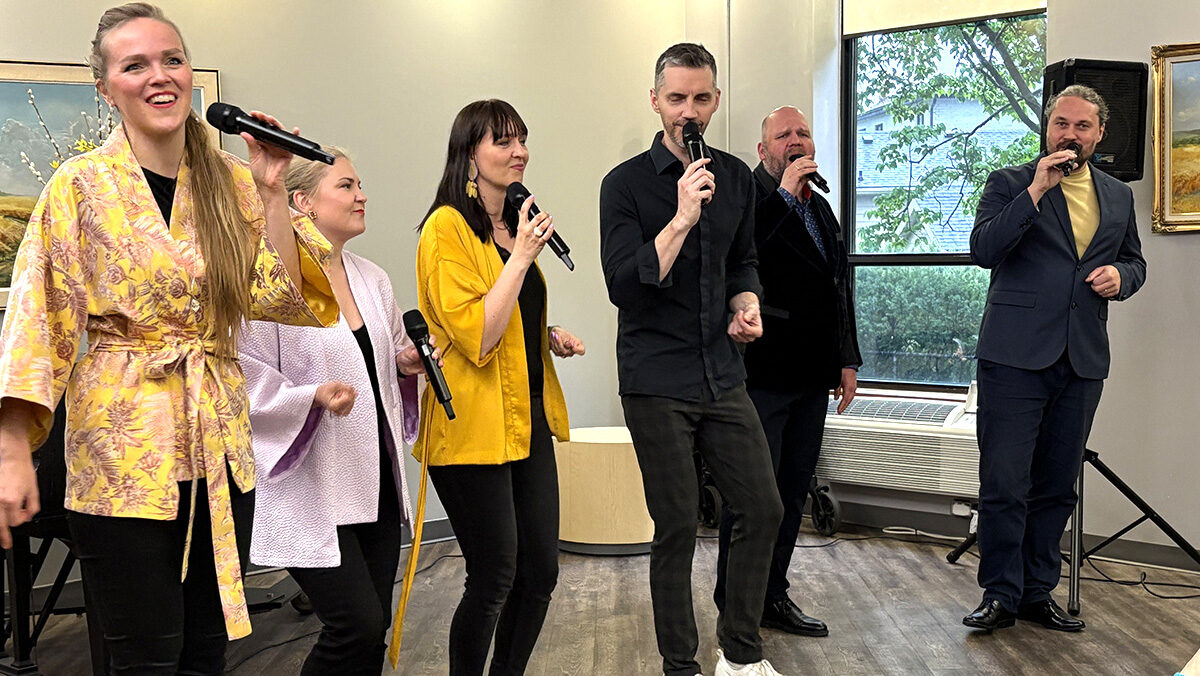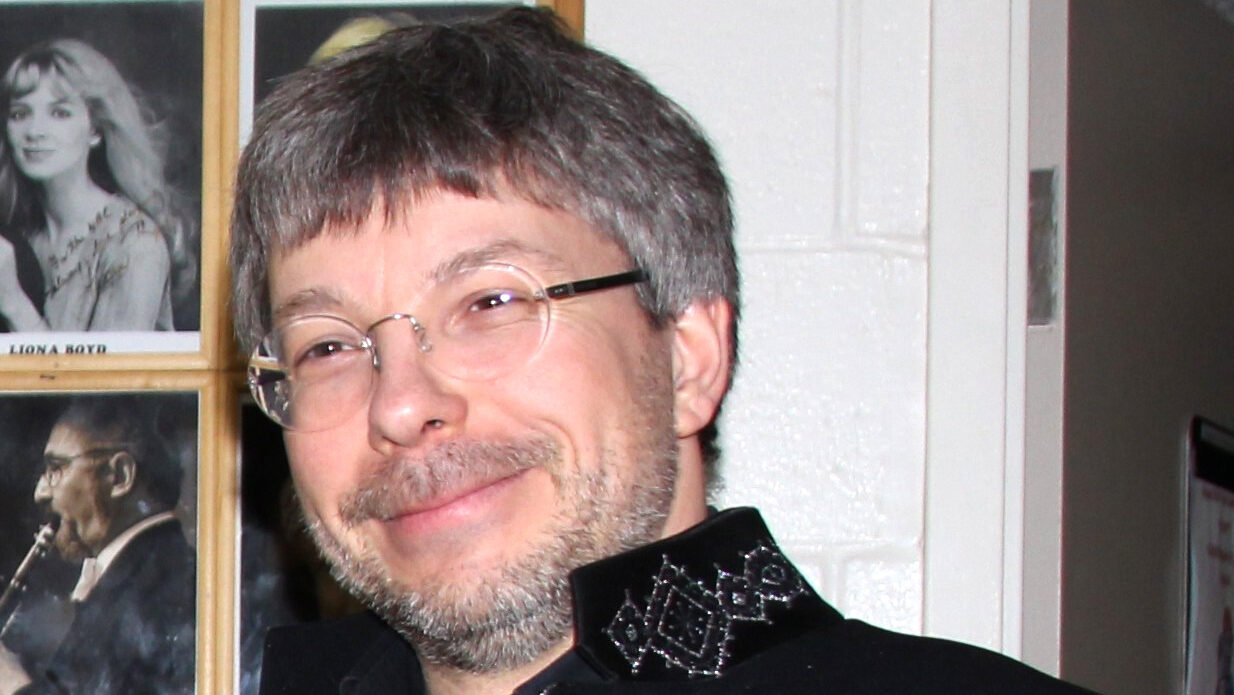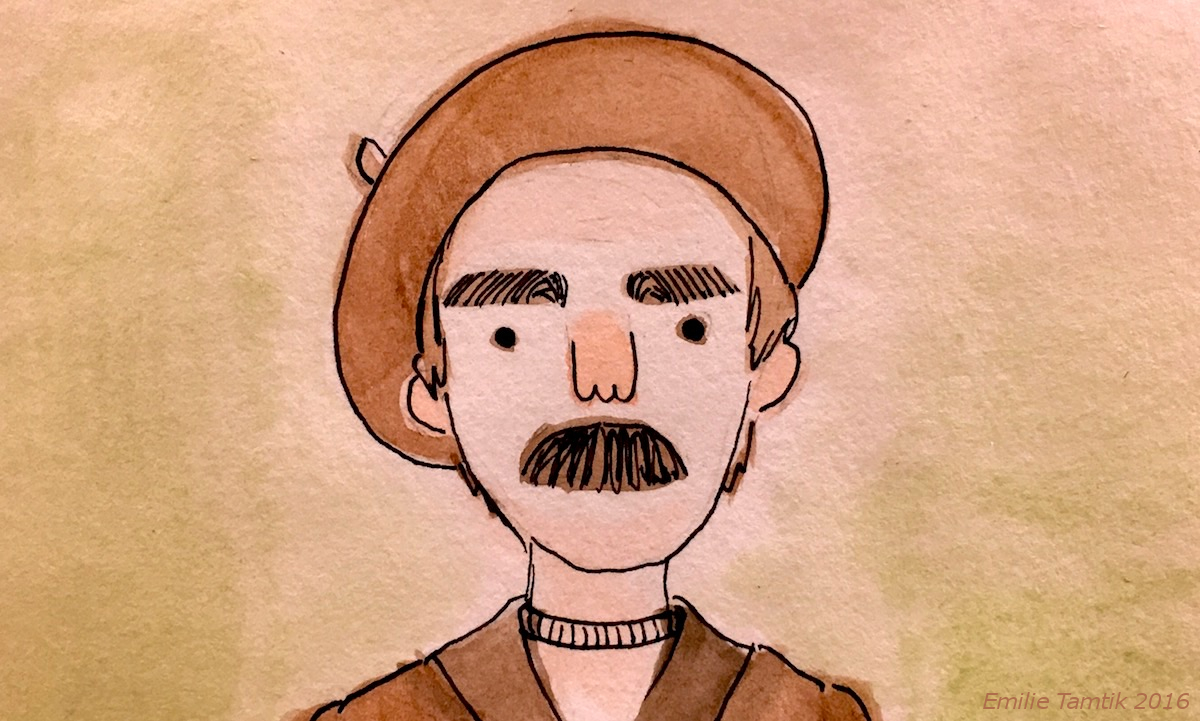This very idea, however, prods at me. Although perhaps less politically-charged in his compositions than other punk bands, Shelley stood alongside a countercultural movement that projected, better yet roared, its message counter to the establishment. In the very minimum, it did not use its manners. A forebearer of rebellion (and I'm sure he would not repel this label) came to settle down. Bundling up for a walk through Kadriorg Park and getting something cozy to drink in a cafe by a warm fire.
The critical questions I have are: Is there a heart beating in countercultural music? Is Estonia part of this? What historical place has this kind of music found in Estonia's identity?
10 years ago in Rakvere, at the first Estonian Punk Song Festival, Hirvo Surva conducted 1,700 singers and donned an oversized safety-pin on his head (a hat referencing the symbolic punk accessory). In the audience, Toomas Hendrik Ilves belted out “I wanna be anarchy.” On one side, it might be argued that this contradicts the very nature of counterculture. An organized concert attended by the then-president singing about anarchy. Alternatively, it could indicate the disintegration of civil society and promotion of radical politics. But we must look more thoughtfully at what it means.
Counterculture is not merely punk. It's not dependent on liberty spikes and leather jackets. We can tie it closely to the singing revolution, to our folk music. For centuries, the mere recognition of Estonian identity, or its regional variations, was counter to mainstream society. Counter to the Teutonic Order. Counter to the ‘vana hea Rootsi aeg' (‘good old Swedish times'). Counter to the conformity to Communist ideology and the model of how Soviets should behave. It's in the blood of Estonians to stand firm and be ourselves as individuals. This is the essence of culture that runs counter to the mainstream.
In the same vein as Buzzcocks, bands like Singer Vinger (with Hardi Volmer and Mihkel Raud) were founded, using caustic humour to push for a better way of life in the 80s. And this was done with even more pressure from above than anything in the UK or US. The BBC may have refused to spin certain songs due to their content or titles. But even band names were censored in Estonia, under the pressure of the Soviet ministry of culture. Pressure intended to squash anything provocative. Singer Vinger was used as a name only after weeding out several other options.
But because of this censorship, sometimes counterculture is more covert. It's not necessarily even noticeably different. A band like Collage took the parameters of what was allowed in the 70s to make something new, fusing funk and jazz with traditional songs. Acknowledging one's culture, background, or way of life alone can be a testament to thinking freely.
This is not to say that artists should dilute their message. Rather, the essence of art, to reflect honestly the world we see around us, is informed by the spirit of counterculture. No matter what your personal preferences may be in music or other art forms, the ability of creators and appreciators to connect to their true personal identity and surroundings is something we should all seek intensely. Even in the peace of Toronto, even in a free Estonia.




